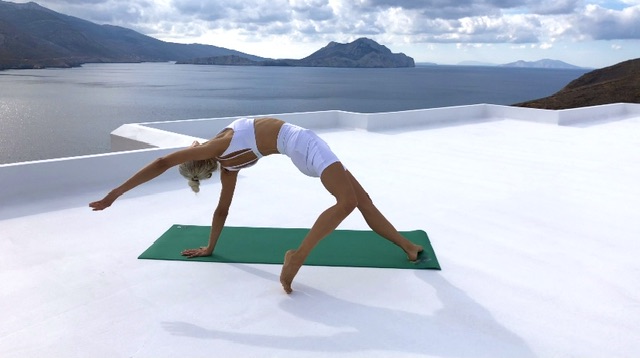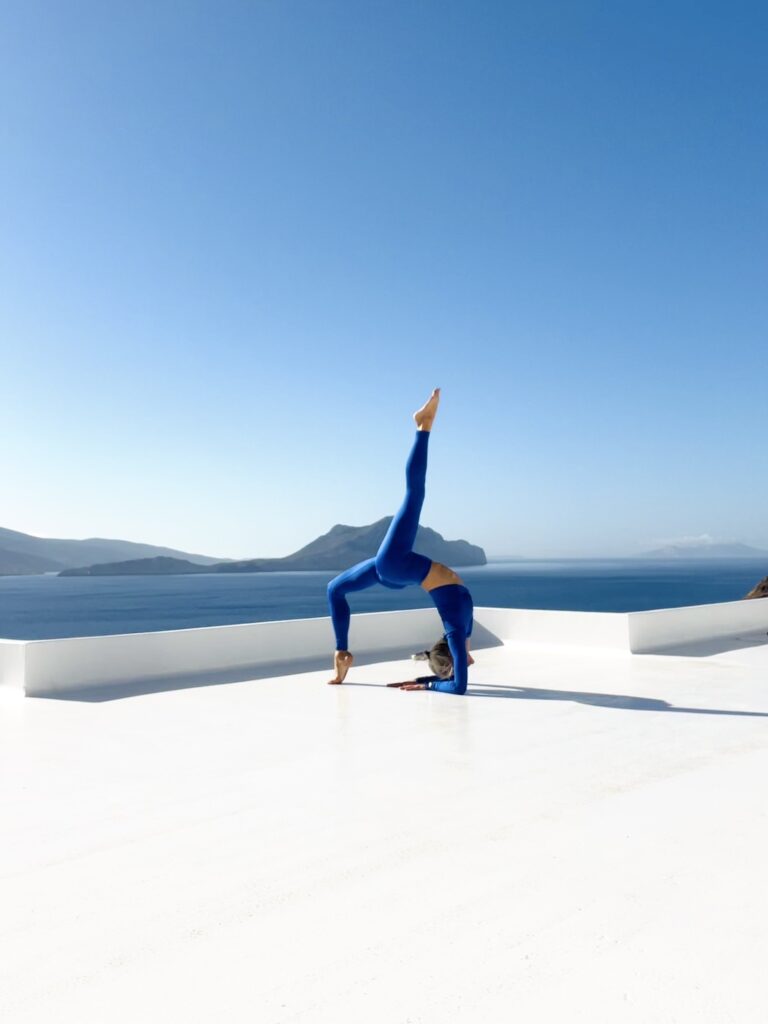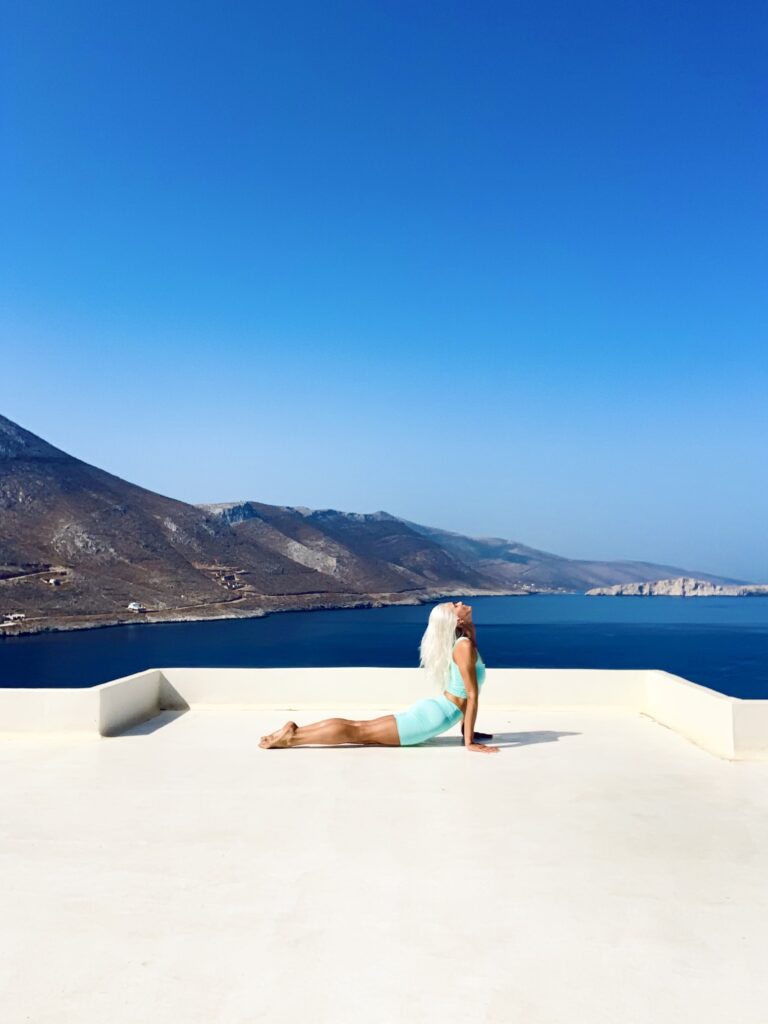Information


Explore the journey of backbending yoga asanas.
The practice of yoga constantly reveals to us a new beginning. As we allow ourselves to let go and feel free in the physical body, we also start to experience clarity of mind. And if we are brave enough to completely trust the process of our asana practice, we realise that there are no limitations that restrict us from feeling free if we truly commit to this.
Backbends can often feel challenging at first because there is so much happening anatomically. When practicing backbends we are also simultaneously opening the chest and shoulders. The area of focus is on thoracic spine extension which leads to the opening of the front of the body. This part of the spine rarely gets this movement in daily life so our practice gifts us with the opportunity to do so and develop flexibility here. We also need to be aware not to over arch the lower back in backbends which naturally has a slight curve.
It is said that we store a lot of our emotional and physical tension in our lower back. This relates to the first two chakras (energy centres) Muladhara and Swadisthana which are both the primary lower energy channels and related to the lower body, including the lower back area.
Muladhara represents the foundation of our life, safety and security. Fear is developed when our foundation becomes shaky from different life experiences. Swadisthana represents (amongst other qualities) our pleasure in life. If we are not enjoying life and experience joy, then we can cocoon in a space of saddness, guilt and shame which are some of the emotions of this chakra when out of balance. When these two chakras are out of balance, we can experience this also in the lower back. Particularly when there is no medical reason found, but there is constant discomfort or stiffness in this area, we can turn to emotional anatomy and the energy channels to understand.
The beauty of the yoga practice of course is in the little steps we take throughout the journey on the mat, always learning to adapt to change and accept where we are at in the present moment.
Backbends can seem quite challenging for some, and certainly they can be in the beginning, or when we are closed of and reluctant to open. There is so much focus that needs to be placed to our heart space (Anahata/the heart chakra) and this can be an uncomfortable experience for some. Opening the chest requires a sense of trust and willingness to explore all our emotions. And this may be so intense and challenging for some.
The other aspect is the way we breathe. Backbends stretch the lungs and chest area, which can at first feel unfamiliar and uncomfortable to breathe in. But as we learn to deepen the inhalation, the chest naturally opens with more ease. The breath is everything in our practice.

My beginning journey into backbends felt very similar. Just the thought of bending backwards used to send shivers down my spine, literarily. For a long time, I blamed this on my body’s ability (or inability) to become more flexible. I was so frustrated with it because I knew I had a strong, healthy body but I was forcing it to do something that needed baby steps and patience. Without realising, all these negative feelings towards my body created more tension and my body became even more tense. With practice, commitment and self-love practices, I began to enjoy the process on my backbends journey. So much so that now, practicing backbends is one of my favourite parts of my practice.
Here are some helpful aspects to take in consideration on your back-bending practice:
Take it slow when it comes to backbends. The back is a sensitive area and it must not be pushed through an asana. In our daily life we rarely practice any spine extension movement, which means that the body needs consistency with these, practice and patience. So learn to take it easy, focus on where your body is at in the present moment and slowly work towards creating more space.

Sometimes, I see students so eager to get in a pose, even though their body is not ready. They’ve continue to push through it, only to find themselves frustrated and annoyed. Accept that there might be something that is resisting this dynamic movement and slowly learn to be open to let it go in your own time. This is one of the most important lessons in my opinion – assess if you are ready to go there, to open yourself without forcing it. Once your mind is open to the release, you will slowly find yourself more willing to try and adapt to the pose. It’s usually (not always) the mind that limits our ability to go further in a pose. But you must accept with no judgement towards yourself that at this point, your body is not yet ready to go into the asana fully.
Backbends require us to open our heart centre, Anahata. This is the energy centre where our feelings, self-trust and love blossom from. When feeling a little closed off, our first instinct is to hide and cocoon inward. In order to free ourselves from anything that is keeping us closed off, we need to be open with our feelings. This may seem a bit challenging for some, whilst for others it might spark a feeling of intense joy. Whatever you are feeling as you get ready to let go, just let yourself feel it.